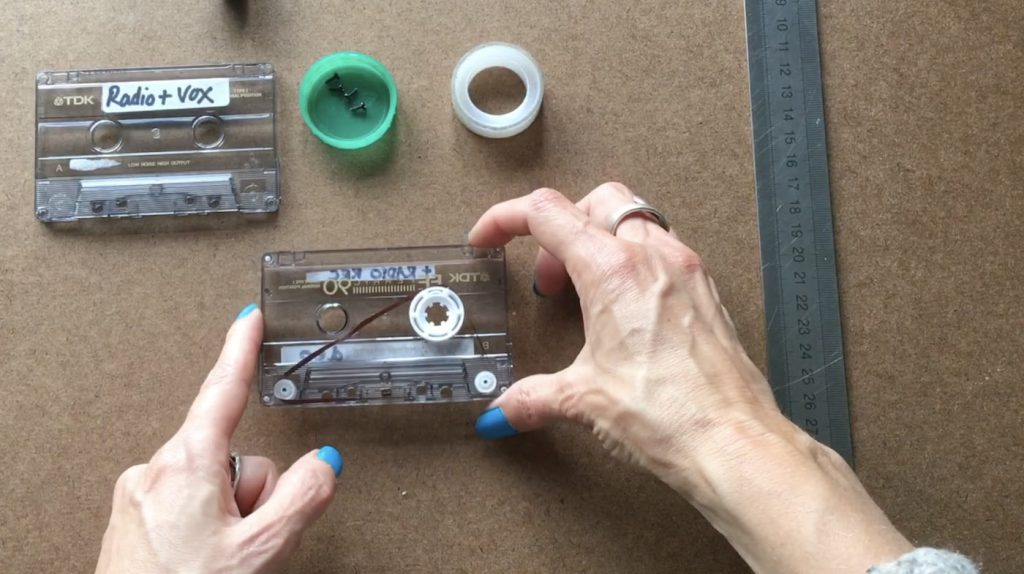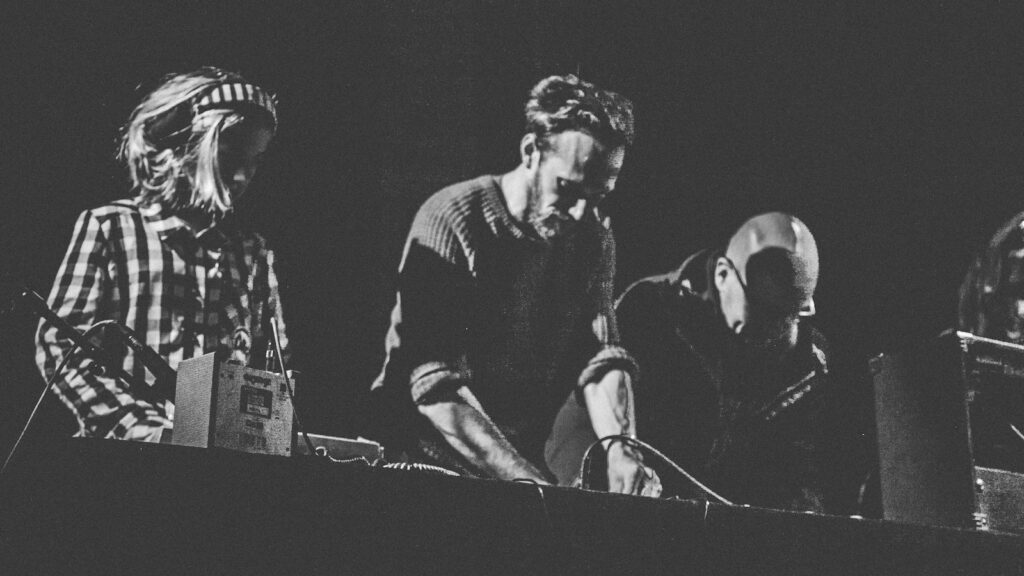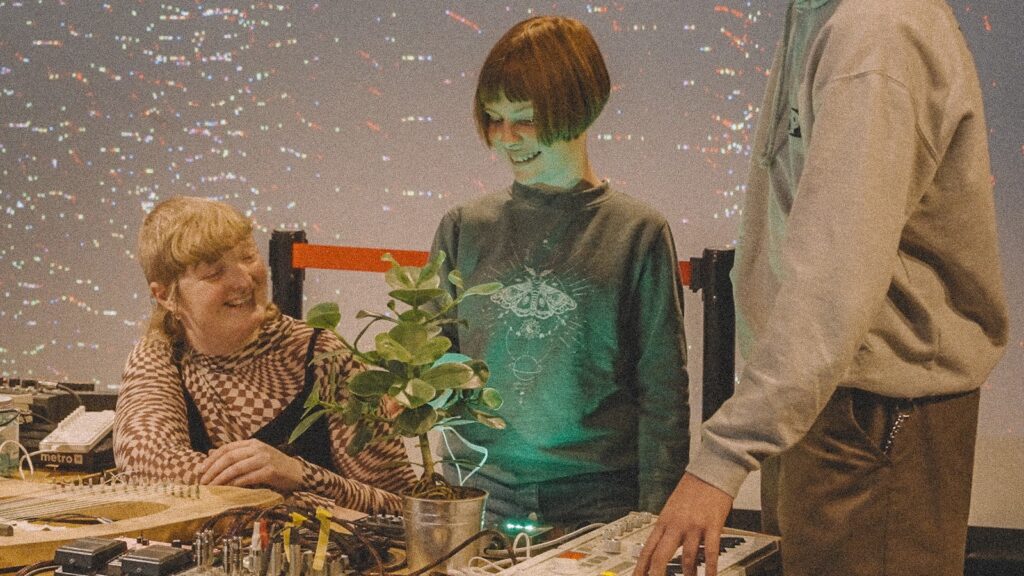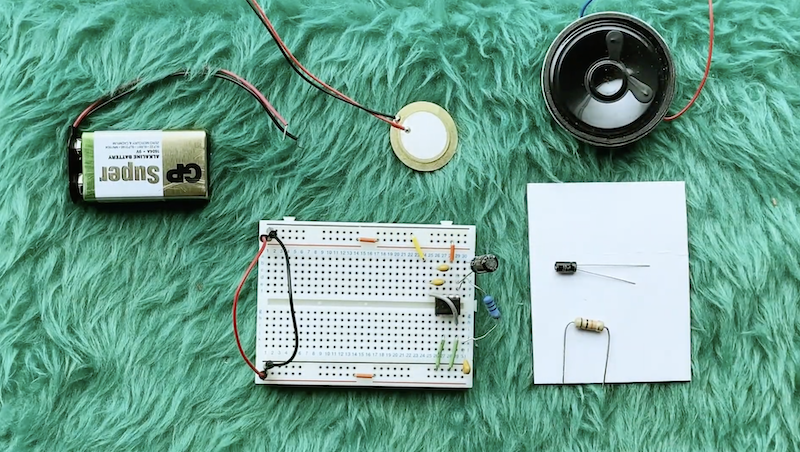In this video Sarah Gatter demonstrates how to make tape loops. This is part of our co:noise project to show you how to build your own instruments without needing to spend lots of money.
You might need several pairs of hands, some extra eyes (and a lot of patience) but recycling old cassette tapes to make loops is a sonic art form that is both satisfyingly fun and eerily entertaining. This video shows you how to make a five second tape loop from any cassette tape, or from your own recorded material, and it also demonstrates how some contemporary sonic artists have pushed this art form a little bit further to create longer and bigger sound collages that are both sonically and visually exciting.
All you need is at least one tape player, a cassette tape, a ruler, a small screwdriver, some scissors and some sticky tape. In the video I create tape loops for a Halloween party and tape is ideal for this because it distorts, decays and warps – it literally creates haunting sounds, as you will see and hear in the video.
Cassette tapes are really cheap to buy from charity shops, often around 10p each, so this is not an expensive activity, and tape players (if you don’t already have one) can range from small ‘personal stereos’ at around £10 to much larger devices. Again, charity shops are a good place to start to pick up a cheap, second hand tape player. As a sound artist I enjoy the sounds of the clunking and grinding of the spinning tape player parts as they rotate, so using an older, second hand tape player is actually a really good thing.
Tape looping is not a new art form, it has evolved from the necessity to record sounds on to tape (the first tape player was invented in the 1930s) and then ‘cut and splice’ the tape for editing purposes. Anyone working with sound at this time (for radio and early film and TV) would have had to work in this way.
Sound artists quickly realised the potential for having experimental fun with this process, and if you are keen to know more about the history of the tape loop and how artists have worked with tape over the last few decades, then this is a great place to start: http://www.livelooping.org/history_concepts/theory/the-birth-of-loop/
I really hope that this video will also inspire you to think beyond the five second tape loop. Because of that I have included (with their kind permission) video and sound footage from several contemporary and inspiring tape loop artists that have taken this sonic art form into stunning new dimensions. The video contains snapshots of the beautiful (and haunting) ideas and sounds from the tape loop artists: Amulets, Ascsoms, Hainbach and Howlround and shows how varying widths and lengths of loops, as well as utilising tape players in a more visual way, can create incredibly exciting sonic and visual dynamics.
So, whether you go for a Halloween theme or not is entirely up to you, but watch the video for a full tutorial and have a go!
Hint: the more loops you make the easier and quicker it gets, plus the more loops you have to play and experiment with.



